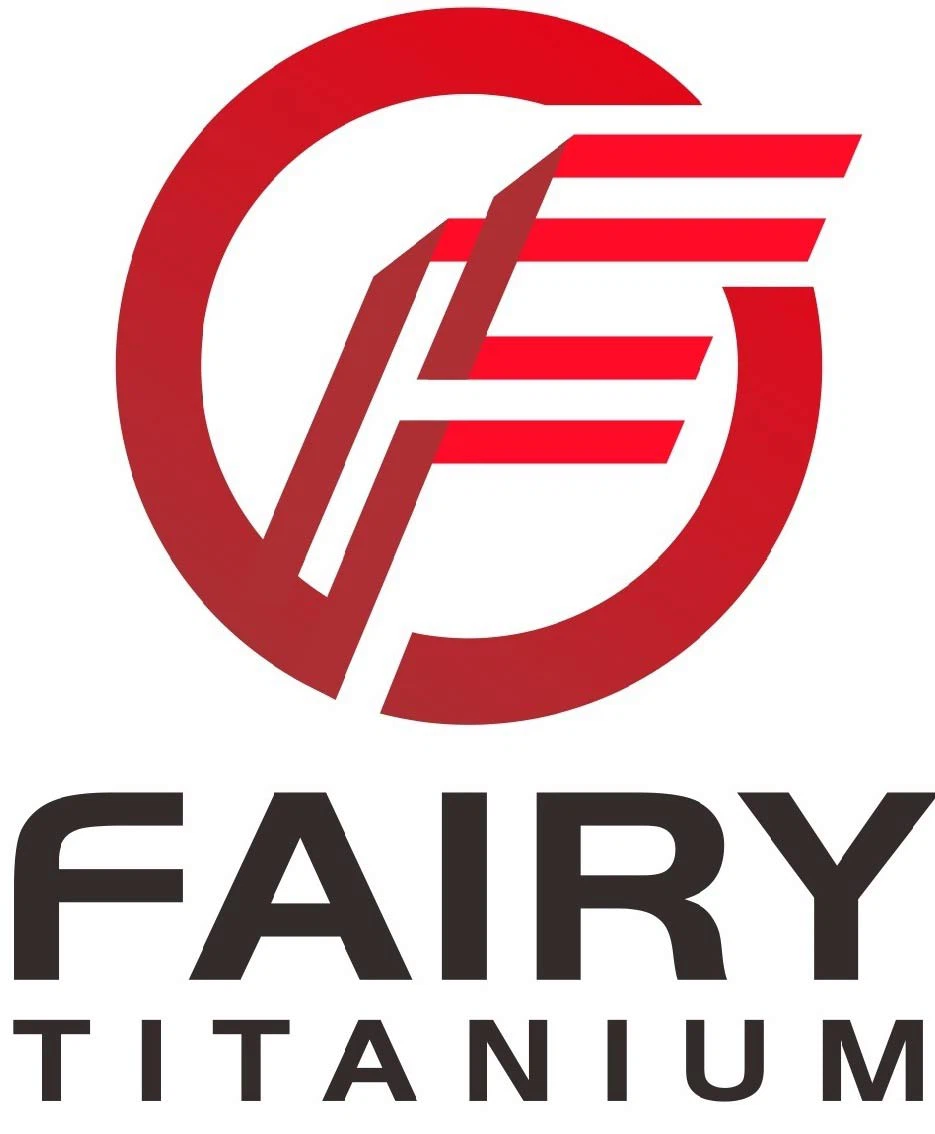TA1 and TA2 titanium plates and strips are mainly used in nuclear power fields. In this paper, the chemical composition and mechanical properties of current titanium plate and strip standards are analyzed according to the above two brands as shown in Table 2 and Table 3.
The chemical composition of product brand in GB/T 3621-2007 Titanium and Titanium Alloy Plates is implemented according to GB/T 3620.1. The yield strength of TA1 and TA2 is determined by American standard ASTM B265-2006, but the tensile strength and elongation after breaking are higher than the American standard.
GB/T 14845-2007 Titanium Plate for Plate Heat Exchanger mainly refers to technical indexes such as chemical composition, mechanical properties, and process performance in the American ASTM B265-2006 standard. The tensile strength and yield strength of the products in the standard reference to the American standard. However, due to the special use of plate replacement, the plasticity requirement of the plate is very high. Therefore, the impurity element content of the TA1 brand is more stringent, and its elongation is much higher than that of ASTM B265-2006 and GB/T 3621-2007.

"GB/T 26723-2011 Cold-rolled Titanium Coils refer to GB/T 3620.1 for chemical composition and ASTM B265-2010 and GB/T3622-2012 for tensile strength, yield strength and elongation of cold-rolled Titanium coils. However, compared with American standards, the transverse and longitudinal mechanical properties of cold-rolled Titanium coils need to meet the requirements of the index at the same time."
The chemical composition of YS/T 658-2007 Titanium Strip for Welding Pipe is implemented according to GB/T 3620.1. The index of tensile strength and elongation is the same as that of ASTM B265-2010 in the USA, and the yield strength is lower than that of ASTM B265-2010 and GB/T 26723-2011 Cold-rolled Titanium Strip Coil.
NB/T 20008.15-2012 Part 15: Titanium Plates for Grade 3 Plate Heat Exchangers for Pressurized Water Reactor Nuclear Power Plants was formulated in full accordance with the French RCC-M (2000 Edition, 2002 Edition, 2005 Edition Addenda) M4401 Technical Specification for Product Purchasing for the Manufacture of Titanium Plates for Grade 3 Heat Exchangers. the tensile strength and yield strength of plates are higher than those of GB/T 3621-2007 Titanium and Titanium Alloy Plates and GB/T 14845-2007 Titanium Plates for Plate Heat Exchangers, and the elongation is lower than that of GB/T 14845-2007. However, the chemical composition of the standard titanium plate does not indicate the percentage of other impurities other than C, Fe, O, N, and H5 impurity elements.
Table 2 chemical composition analysis of current national and industrial standards for titanium plate and strip

Comparing the chemical composition of each standard in Table 2, it can be found that the chemical composition ranges of GB/T 3621-2007, GB/T 26723-2011, YS/T 658-2007, and GB/T 3622-2012 are the same and the widest. The content of C, Fe, and O elements in ASTM B265-2010 standard GR1 and GR2 is lower than that in GB/T 3621-2007, and the content of C, Fe, O, and H elements in GB/T 14845-2007 standard is lower than that in GB/T 3621-2007 and GB/T 14845-2007. NB/T 20008.15-2012 and M4401 have the same element content, the content of C, Fe, O, and H elements is the lowest in all standards, and the control is the most stringent, but there is no requirement for the single and total content proportion control of other elements in the standard.
Table 3 Comparison of mechanical properties of current national and industrial standards for titanium plate and strip

By analyzing the mechanical properties of each standard in Table 3, the sampling directions of GB / T 14845-2007, GB / T 3621-2007, Nb / T 20008.15-2012, m4401, and GB / T 3622-2012 are transverse, YS / T 658-2007 is longitudinal, and GB / T 26723-2011 is transverse and longitudinal, which is the most stringent requirement. The performance indexes of GB / T 3621-2007, GB / T 26723-2011, and GB / T 3622-2012 are basically the same. The tensile strength of YS / T 658-2007 is lower than the requirements of GB / T 3621-2007 and other standards. Compared with GB / T 3621-2007, the elongation of GB / T 3621-2007 is increased by 5%, and the yield strength of Gr2 is increased by about 50MPa. Nb / T 20008.15-2012 and M4 401 have the narrowest yield strength and tensile strength range. GB / T 14845-2007 does not require the upper limit of tensile strength of materials, but the maximum elongation reaches 55%.







